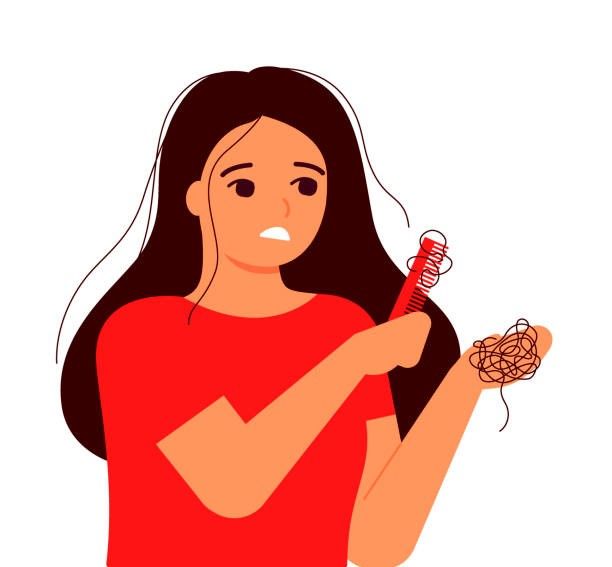What Causes It?
Androgenetic alopecia (genetic predisposition and DHT sensitivity)
Hormonal changes (pregnancy, childbirth, menopause, thyroid disorders)
Nutritional deficiencies (iron, protein, vitamin D, zinc deficiency)
Stress and psychological factors (physical and emotional stress)
Medical conditions (PCOS, autoimmune diseases, scalp infections)
Environmental factors (pollution, harsh hair treatments, chemical exposure)
Medications and treatments (chemotherapy, blood thinners, antidepressants)
Hairstyling practices (tight hairstyles, excessive heat, chemical processing)
Signs & Symptoms
Gradual thinning on top of head, especially at crown and temples
Receding hairline in men (M-shaped pattern)
Widening of hair part in women
Circular or patchy bald spots (alopecia areata)
Excessive hair shedding during washing or combing
Sudden loosening and falling out of hair
Full-body hair loss in severe cases
Scalp tenderness, itching, or irritation
